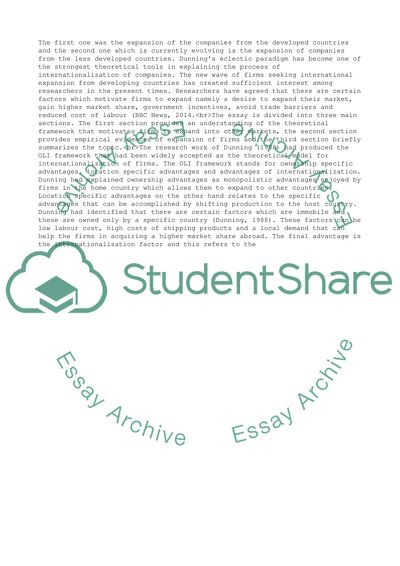Cite this document
(Why Firms Become Multinational Enterprises Essay, n.d.)
Why Firms Become Multinational Enterprises Essay. https://studentshare.org/business/1855824-why-firms-become-multinational-enterprises
Why Firms Become Multinational Enterprises Essay. https://studentshare.org/business/1855824-why-firms-become-multinational-enterprises
(Why Firms Become Multinational Enterprises Essay)
Why Firms Become Multinational Enterprises Essay. https://studentshare.org/business/1855824-why-firms-become-multinational-enterprises.
Why Firms Become Multinational Enterprises Essay. https://studentshare.org/business/1855824-why-firms-become-multinational-enterprises.
“Why Firms Become Multinational Enterprises Essay”. https://studentshare.org/business/1855824-why-firms-become-multinational-enterprises.


